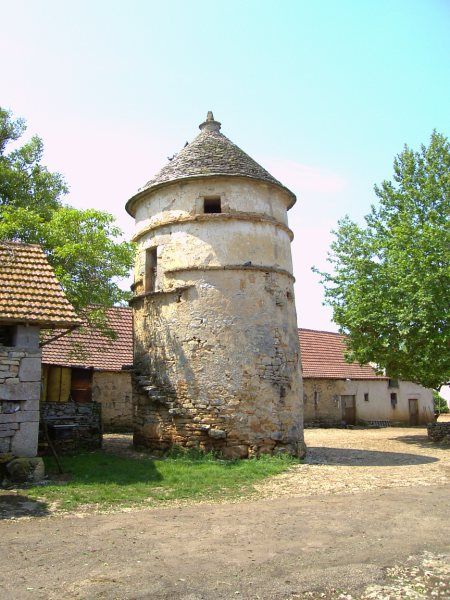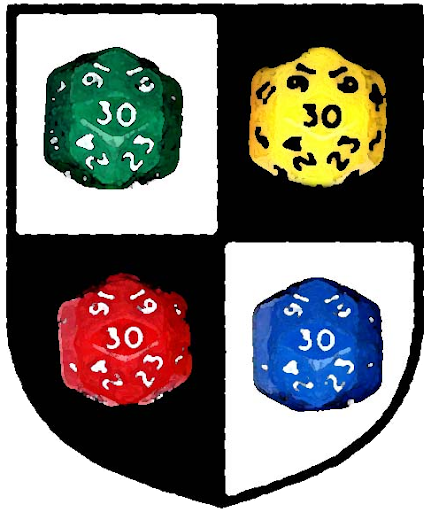#AtoZChallenge2024: W is for Witch
3 hours ago
this area of the forest, becoming progressively
wilder and crazier and more dangerous.
 One in Toulouse.
One in Toulouse. So the next time you map out that town or village, don’t forget to drop a pigeon tower or two in there.
So the next time you map out that town or village, don’t forget to drop a pigeon tower or two in there.
 Just saying. I mean, it seems like the internet record of it should better reflect the original artwork than most untouched scans of the 1977 book. No? (A more typical representation for example. Eesh!) Just a pet peeve I guess.
Just saying. I mean, it seems like the internet record of it should better reflect the original artwork than most untouched scans of the 1977 book. No? (A more typical representation for example. Eesh!) Just a pet peeve I guess. I’d been wanting to buy a copy of Tunnels and Trolls to replace my battered, second hand store one, so last month I visited Flying Buffalo’s website to see what I could find. Being a total T&T newb, I found the T&T product page a bit confusing. Apparently I have version 5, there never was an official version 6, there was a version 7, and there’s a version 7.5 which I think is just a re-box of 7.
I’d been wanting to buy a copy of Tunnels and Trolls to replace my battered, second hand store one, so last month I visited Flying Buffalo’s website to see what I could find. Being a total T&T newb, I found the T&T product page a bit confusing. Apparently I have version 5, there never was an official version 6, there was a version 7, and there’s a version 7.5 which I think is just a re-box of 7. The half-animal/half-plant creature known as the hogweed resembles a large ornamental shrub that’s been trimmed to look something like the farm animal from which it gets its name. What makes the creature even more remarkable is that it uproots itself when physically disturbed or closely approached during the daytime. When this happens, the hogweed will blindly run about in circles for ten minutes or so before settling down again and re-rooting itself, usually bumping into and setting off the others around it in the process.
The half-animal/half-plant creature known as the hogweed resembles a large ornamental shrub that’s been trimmed to look something like the farm animal from which it gets its name. What makes the creature even more remarkable is that it uproots itself when physically disturbed or closely approached during the daytime. When this happens, the hogweed will blindly run about in circles for ten minutes or so before settling down again and re-rooting itself, usually bumping into and setting off the others around it in the process.
Hogweed: No. Appearing: d100, HD <1, AC 8[11]; Atk 1 trample (0-1 hp + Special); Move 15; Save 18; CL/XP B/10
Giant Hogweed: No. Appearing: Up to 1 (% chance = number of hogweeds appearing), HD 5; AC 6[13]; Atk 1 trample (2d6 + Special); Move 12; Save 12; CL/XP 5/240
Special: Both giant and normal sized hogweeds attack by attempting to trample their victims and transferring their contact poison. Smaller hogweeds are easily fled from, but giant hogweeds will pursue targets as far as a hundred yards from their smaller hogweed companions. Fire attacks against them are at +4 to hit and +1 damage but if they’re set ablaze, attackers within 20’ (60’ for giant hogweeds) must save vs. poison (gas) or suffer d6 damage per day until cured.
Poison: Contact causes d6 hp of damage per day in a victim if the body part(s) affected is exposed to natural light (roll to see what part of the body was hit - the oil also will penetrate clothing in one day if not washed). Cure disease will remove this affliction. Head or face contact may require a saving roll against blindness.


– Antoine de Saint-Exupéry